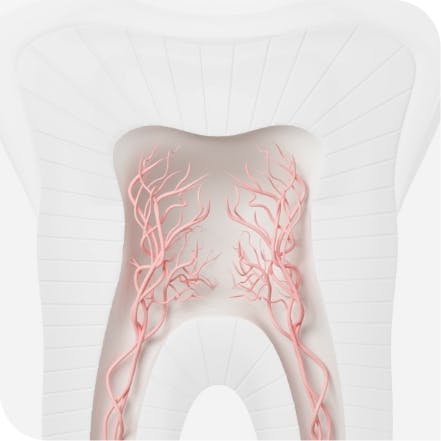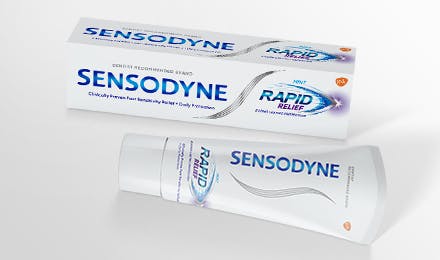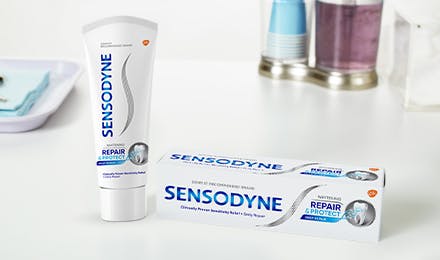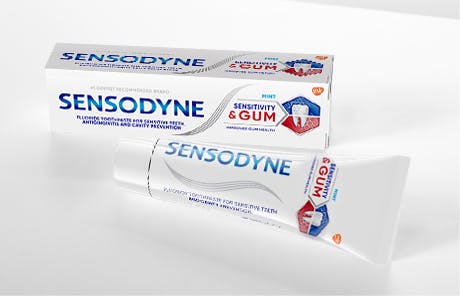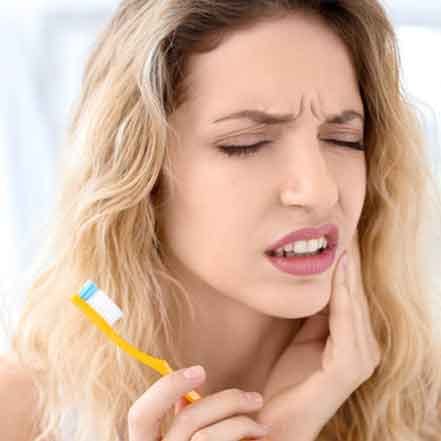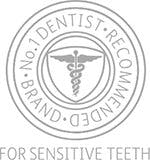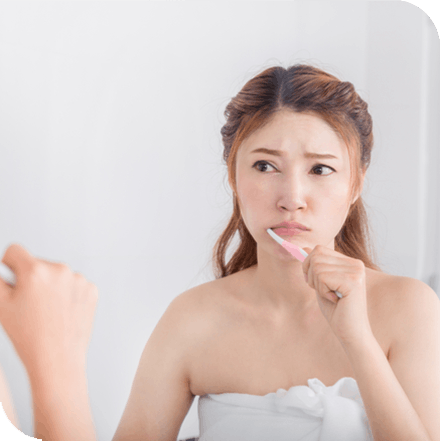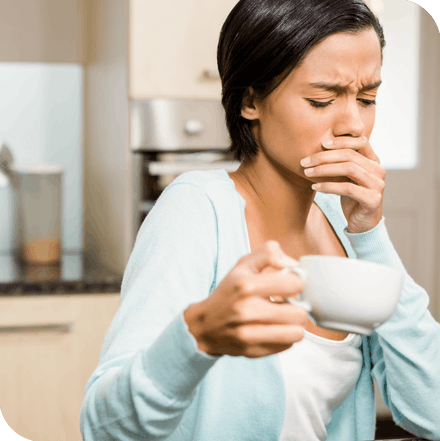How to Remove Plaque from Teeth

We use our mouths every day to eat, drink and talk, which is why it’s so important to keep our gums and teeth clean. Maintaining a good oral care plan is essential for keeping your teeth healthy and strong. When brushing and cleaning between the teeth, the goal is to remove the plaque that grows on your teeth over time. While plaque is harmful for your oral health, there’s no need to worry because removing plaque from your teeth doesn’t have to be difficult or expensive. Keep reading to find oral health tips for how to remove plaque from teeth and when you should visit your dental care provider for assistance.
What Is Plaque?
Plaque is a sticky film of bacteria that constantly forms on the surface of your teeth and in-between your teeth.1 Plaque contains bad bacteria that releases acids.1 These acids can negatively impact your tooth enamel, which is what protects your teeth against tooth decay.1,2
How Plaque Build Up Affects Your Teeth
If you’re not brushing your teeth regularly, plaque can build up and cause adverse effects to your mouth. Removing plaque from your teeth is important because it prevents tartar from forming.2 Tartar is the hardened form of plaque that builds up on the surface of your teeth and along your gum line.2
Plaque and tartar can cause your gums to be irritated and inflamed.2 This inflammation can lead to bleeding gums and other symptoms of tooth decay, which are usually the first signs of gum disease.2 Tooth decay (cavities) can lead to other oral infections, which can also be painful experiences that lead to tooth loss if left untreated.3
How to Get Rid of Plaque at Home
Once the plaque turns into tartar, you cannot remove it on your own. In order to prevent plaque from turning into tartar on your teeth, it’s important that you practice good oral hygiene habits. Taking care of your teeth on a daily basis is the best way to prevent damaging your teeth and gums. You can use these simple steps to remove plaque from your teeth and help reduce the amount of bacteria that’s in your mouth.
Brush Your Teeth Twice a Day
One of the best ways to remove plaque from your teeth is to brush them. Brushing your teeth reduces how much bacteria remains on your teeth’s surfaces.4 Use these tips to remove plaque from your teeth while brushing:
- Brush your teeth for 2 minutes both times.4 Angle your toothbrush so that you can reach the front and back surfaces of each tooth. Use small, circular motions when brushing to help remove the plaque.4
- Use a toothpaste that helps remove plaque from teeth.4 Brush with a fluoride toothpaste, like Sensodyne Complete Protection, that protects against plaque and helps remove it along the gumline.
- Use a soft-bristled toothbrush.4 No matter if you have a manual or battery-powered toothbrush, you should only use a toothbrush with soft bristles.4 A hard-bristled brush can be harsh on your gums and pull them away from the roots of your teeth.4
Floss Between Your Teeth Daily
Just like plaque can form on the surfaces of your teeth, it can also get in-between your teeth and get trapped in your gumline.4 Because your regular toothbrush won’t get all the plaque between your teeth, it’s important that you use other plaque removal methods. Dental floss, floss holders, water flossers and smaller toothbrushes can help.4 Ask your dental care provider for instructions if you need help learning how to use your flossing tool.
Rinse with a Therapeutic Mouthwash that Helps Reduce Plaque
Along with brushing your teeth and flossing between them, you may want to rinse the inside of your mouth using a therapeutic mouthwash.5 Some mouthwashes contain fluoride, and other active ingredients, that help reduce or control plaque and gingivitis.5 While mouthwash shouldn’t be a substitute for you brushing and flossing your teeth, you can use it before or after you brush.5 Read the manufacturer’s directions on the back of your mouthwash to see which order you should add an oral rinse to your routine.5 Knowing when to rinse can help maximize your mouthwash’s effectiveness in helping protect your teeth.5
Visit Your Dental Care Provider
Even with brushing and flossing, you still may miss some of the plaque on and between your teeth and along your gum line. This is why you should schedule regular visits with your dental provider. Make an appointment with your dentist or dental hygienist to get your teeth professionally cleaned every 6 months.6 They can help you remove plaque from any areas you may have missed and advise you if there are any signs of gum disease present and suggest treatment options.6 If your gums or teeth become unhealthy, you may need to speak with your dentist about visiting them more frequently.6 Seeing the dentist or dental hygienist every 3 to 4 months may be needed if your gums become unhealthy.
Consistently Work to Remove Plaque from Your Teeth
If you haven’t been following a good oral hygiene plan, it’s not too late to start. Consistency is an important part of good oral health. Brush your teeth twice a day and clean between your teeth daily.1 Schedule regular check-ups with your dental provider to get a professional cleaning. Use a soft-bristled toothbrush and a toothpaste that removes plaque and protects your teeth so you can begin to see positive results at home.
Source Citations
- Plaque. Mouth Healthy: American Dental Association. https://www.mouthhealthy.org/en/az-topics/p/plaque. Accessed on 07/26/22.
- Caring for my teeth and gums. Oral Health Foundation. https://www.dentalhealth.org/caring-for-my-teeth. Accessed on 07/26/22.
- Tooth Decay. MedlinePlus. https://medlineplus.gov/toothdecay.html. Accessed on 07/26/22.
- FOR THE PATIENT: Keeping your smile healthy. The Journal of the American Dental Association. https://jada.ada.org/article/S0002-8177(21)00483-9/fulltext. Accessed 07/26/22.
- Mouthrinse (Mouthwash). American Dental Association. https://www.ada.org/resources/research/science-and-research-institute/oral-health-topics/mouthrinse-mouthwash. Accessed 07/26/22.
- Dental care – adult. MedlinePlus. https://medlineplus.gov/ency/article/001957.htm. Accessed 07/26/22.
